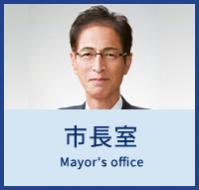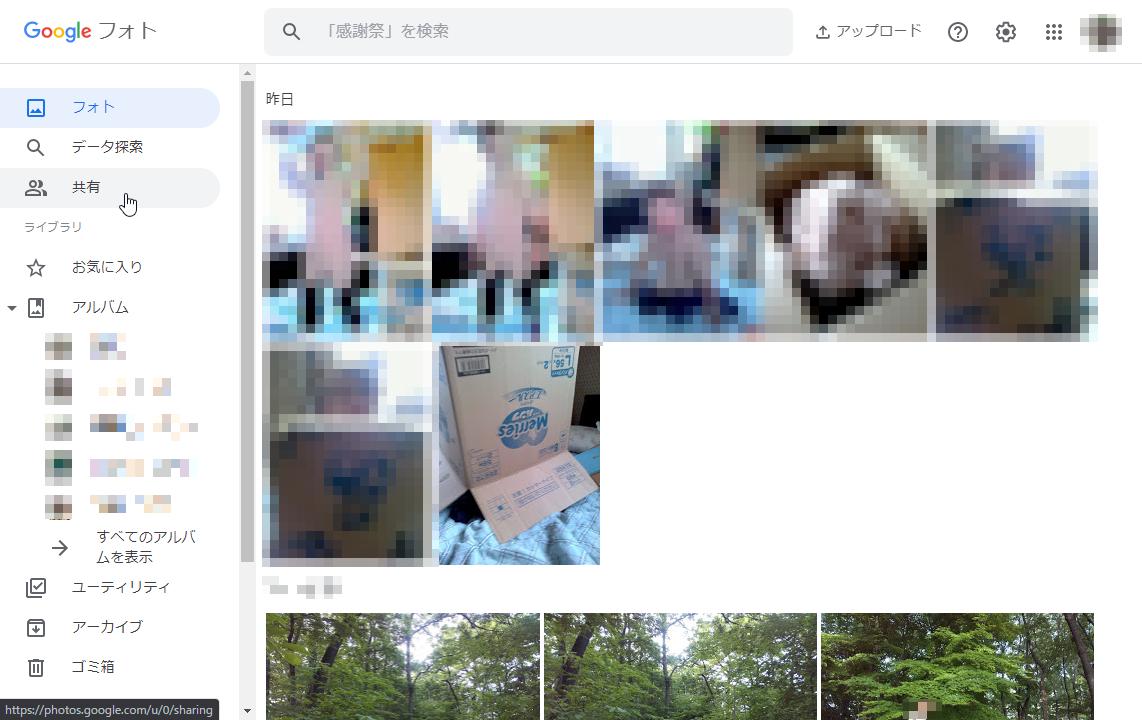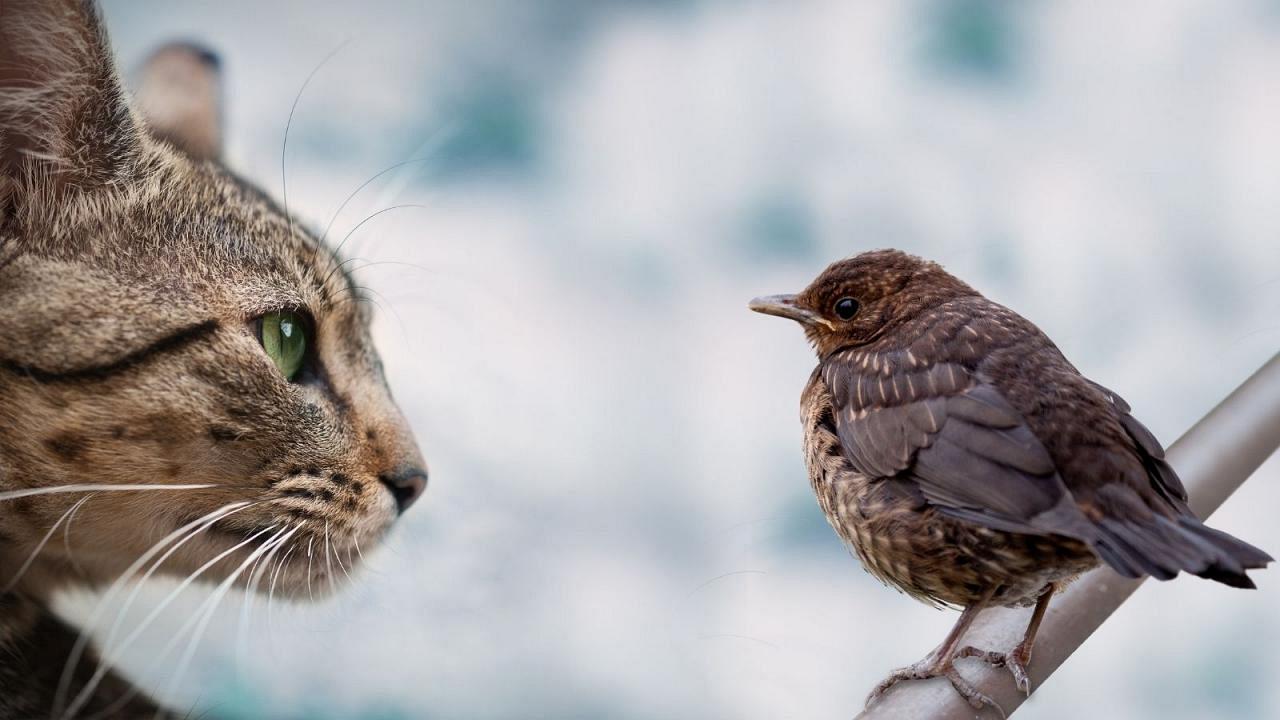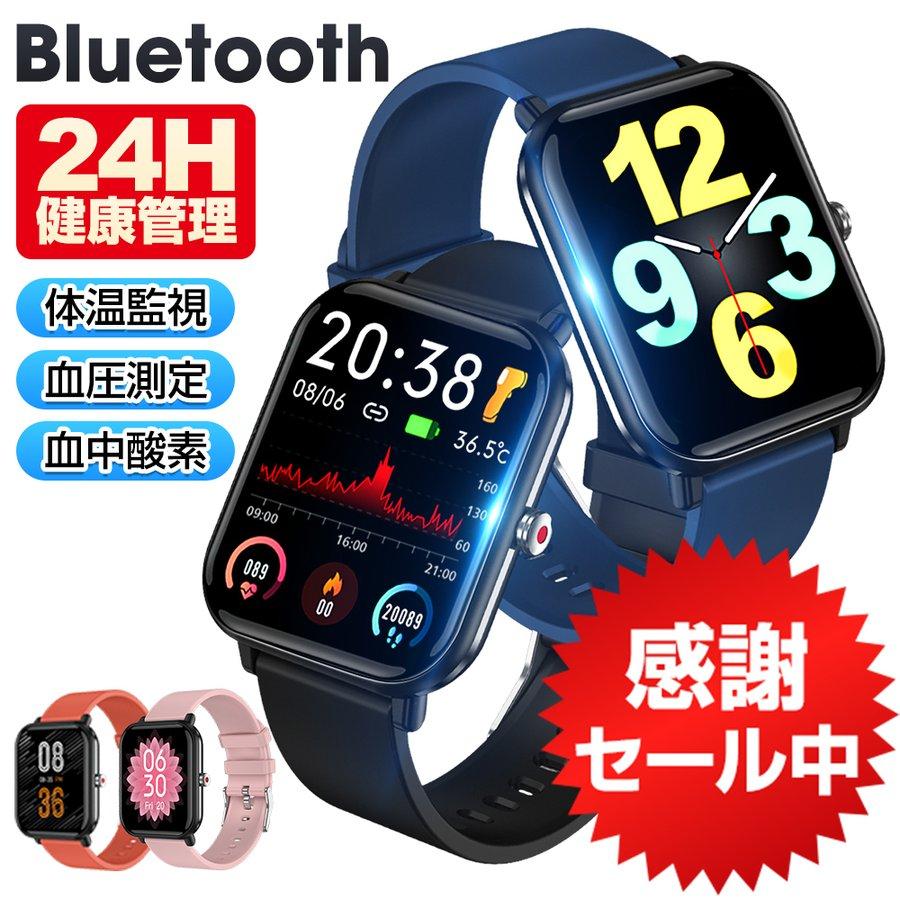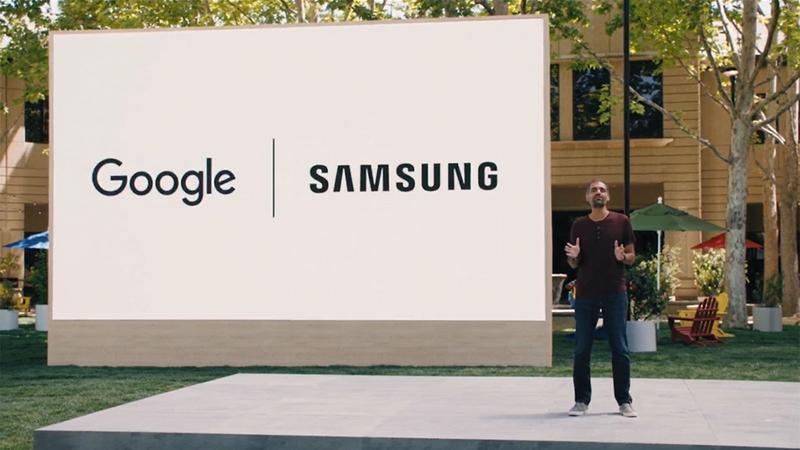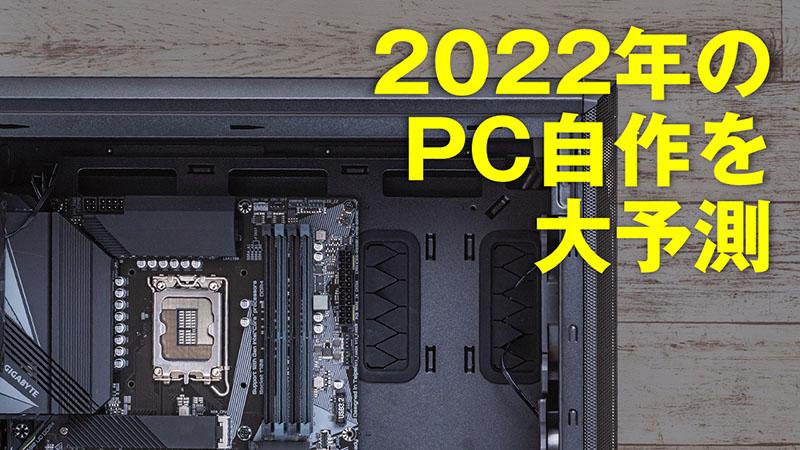"The designer's worries disappear." Evaluation of high-spec PC "raytrek" by 3DCG artists
High spec = stability = no data crash.
VR, AR, Virtual. Words that, until just a few years ago, were only seen in games and creations, have now become commonplace. At the recent Tokyo Game Show 2021, a VR venue was also prepared.
Of course, creators exist behind the digital content we see. CyberHuman Productions, led by photographer Roland Kirishima, is also a creator group that utilizes advanced technologies such as 3DCG and AI. In the past, I have covered the mobile 3D scanning studio "THE AVATAR TRUCK" using 55 full-size mirrorless cameras. That was amazing...
This time, we asked CyberHuman Productions to use the desktop PC "raytrek ZG photo & video editing model" from raytrek, a PC brand for creators. raytrek ZG is a full-fledged PC for creators equipped with a Core i9-11900K CPU, GeForce RTX 3080 10GB GPU, and 32GB memory (up to 128GB can be expanded). Such a high-spec PC should come in handy at the production site of digital content such as 3DCG. But don't you want to ask the person who made it directly about what part it is specifically useful for?
What kind of group is CyberHuman Productions, and how was the raytrek ZG photo & video editing model comfortable to use? We interviewed Mr. Roland Kirishima, who himself is a gadget connoisseur, and Mr. Kim Hyuk-jin, the company's 3DCG artist.
What kind of company is CyberHuman Productions?
── The official website says that they are a group of creators who aim to fuse “technology (Cyber)” and “humans”, but what kind of company does CyberHuman Productions do? ?
Mr. Kirishima: The key is 3DCG production. I'm thinking of doing anything to match the trends of the times, such as assets for AR and VR, and virtual live performances. Also, since our parent company is CyberAgent, we also have advertising agency sales and advertising creative production. Last year, the virtual live business was particularly successful, but I think the future will come from digital twins (digital data that can be used for various purposes by precisely replicating reality).
──With 3DCG as the main framework, you are putting effort into various areas such as AR and virtual live.
Mr. Kirishima: AI is also important these days. When it comes to advertising agencies, AI is sometimes used for automation and prediction of what kind of content will be hit, but in our case, we apply AI to CG.
──Even though CG production uses a computer, there is still a lot of manual work involved.
Mr. Kirishima: There are so many. I want to use AI to simplify the manual work, and photogrammetry, which creates CG by 3D scanning, is also a means of improving efficiency. It can also be applied to deep learning by having 3D scan data of many people. By having data such as skin texture and facial unevenness, we aim to further improve the efficiency of CG production.
──Accumulating data from scanning for photogrammetry will make CG production more efficient.
Mr. Kirishima: Yes. For example, there is 3DCG big data that scans the faces of many people overseas, but it ends up being big data using Caucasian, Hispanic, and black data, and it doesn't go well with Japanese people. We have to develop the average value of Asian faces in-house. Recently, there are face-swapping apps like deepfakes. That also makes the face look more white.
──It's a phenomenon because the number of scan data for Asians is less than that for Western countries.
Mr. Kirishima: Deep learning software is also developed in-house, and data collection is also developed in-house. That is why we have many researchers in our company.
──In that case, it is important to increase the opportunities for scanning, and the mobile 3D scanning studio "THE AVATAR TRUCK" is convenient in that sense.
Mr. Kirishima: That's right. In our case, we often scan celebrities and athletes, and it is difficult for them to come to the studio because they are busy. Then, "THE AVATAR TRUCK" was born from the idea that we should go on a business trip, and I thought that this would be the flagship anyway. Probably the best mobile scanning truck in the world. There may be some people who do this on their own, but I don't think there is a mobile scanning system that can take specular data (information such as light reflection and skin gloss).
──What kind of work do you do besides scanning?
Mr. Kirishima: Advertisement production becomes the main. It's something that every CG production company does. We are also developing AR/VR content, virtual live performances, LED walls that can project high-definition CG backgrounds, and VR studios that use green screens. As for scanning, we have recently started scanning buildings. It's a digital twin of the environment, following the digital human.
THE AVATAR TRUCK, the pinnacle of mobile scanning studios
─“THE AVATAR TRUCK” uses more than 60 digital single-lens reflex cameras. It looks very impressive, but how much data is transferred in one scan?
Mr. Kirishima: That was taken with general RAW data, so it's about 60MB. That's about 9 shots per second x 60 units.
──When I experienced it, it was a 3-shot continuous shot, so the quality has improved!
Mr. Kirishima: From now on, the 3 pieces are in the early stages. The captured data is transferred at once with USB Type-C. Thanks to USB 3.0, the transfer has become much faster. In addition to transfer, there was also a problem with strobe synchronization, but that was also resolved. When I was an advisor to the manufacturer, I said that there are hundreds of studios that do this type of scanning around the world. It's difficult because metric is a niche genre.
──It seems difficult for a manufacturer to provide something like a "photogrammetry mode"...
Mr. Kirishima: I think it would be very helpful if you could release a camera dedicated to photography. It's a waste because there are a lot of functions that are not needed in the current 3D scanning method. However, in reality, we are now in an era where 3D data can be captured with just a smartphone, and if deep learning advances, I think it will be possible to generate excellent photographs from just a few photos. I wonder if it will be about 5 years before we need special equipment.
──This is also something I was curious about, but is there any difference between CG created with photogrammetry and the real CG you see in movies?
Mr. Kirishima: In today's Hollywood production, photogrammetry is used to create digital twins of actors. Of course, there are also high-quality digital twins created from scratch, but there is a big difference in the production period between creating from scratch and scanning.
Hyukjin: Depending on the quality of the final output, it would take at least a month to create a character from scratch, and at most three months. If you use photogrammetry, I think you can make it in less than half that time.
Mr. Kirishima: “THE AVATAR TRUCK” can create data with noise just by scanning it, and we can automate the noise removal and specular data generation, so we can create a state without hair. If so, one of our strengths is that we can create data in a single day. I think that there are people who are quick to create from scratch by sculpting (a method of creating a 3DCG model shape like making a doll with clay), but I think it will take time.
Hyukjin: Human skin is very complicated when you look at it up close, and it's really hard to draw it by hand. It's easy to get such texture information from a scan, so I think it's common for artists to modify the scanned data.
Only 3-4 people can scan a building in 1 day
──I really understand the benefits of creating human CG with photogrammetry. On the other hand, in terms of building scans, I heard that you scanned and virtualized Machida GION Stadium, the home stadium of the soccer team FC Machida Zelvia.
Mr. Kirishima: We have been scanning castles and important cultural properties for a long time, but the quality has improved in the last few years. Machida GION Stadium uses both photogrammetry and a laser scanner. Laser scanners have strengths that photogrammetry does not have, which is important for environmental scanning. In the past, the combination of photogrammetry and laser scanner data was a high hurdle, but as we have deepened our knowledge, it has become possible.
──How long does it take to scan a building?
Mr. Kirishima: It took less than two months to bring it to a level where it can be used in Unreal Engine, one week until it was converted to data. The scan itself takes half a day to work in two days, so it's about one day.
──I was surprised that it was faster than I expected!
Mr. Kirishima: I use a drone (Mavic 2 Pro) and a handheld camera for photogrammetry. If you shoot a 60fps video with a drone, you can create stills with sufficient image quality even with a single frame. In the past, I used to shoot stills little by little with a timer, but thanks to video, I was able to speed up that as well. If you go around the stadium with a height of about 3 patterns, you can collect almost all the data necessary for photography. That's all it takes about 10 minutes.
──In addition to the aerial photography of the drone, this time you will be shooting handheld inside the stadium.
Mr. Kirishima: That's right. The assets we made are all inside the stadium, under the benches, and even in the toilets. Recently, there is a demand for such data as well, and for example, there are requests for scanning stations in disaster simulations. We can use it to simulate how people flow and where accidents are likely to occur. Crowd behavior simulations are also becoming more accurate.
──So the higher pixel resolution of the camera leads to more efficient scanning, and the higher precision of the simulation leads to the application of various examples. I really appreciate the progress in technology.
Mr. Kirishima: Actually, I think 3-4 people did the scan of the stadium. Large-scale scanning, which until now required a lot of effort, can now be done with a minimal team.
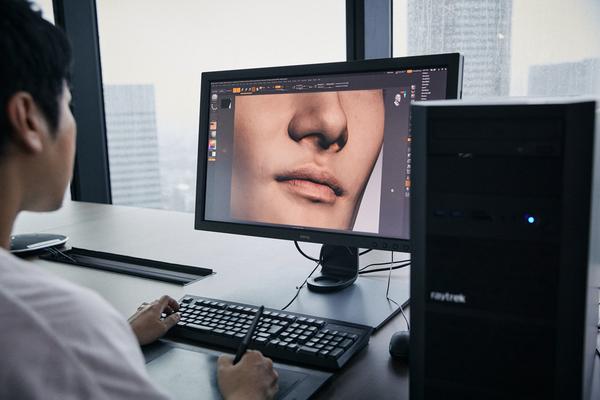
──A few years ago, I saw on TV that scanning important cultural properties was done on a large scale with a large number of people. I thought it would be done with about 4 people.
Mr. Kirishima: However, the scanned data cannot be used as it is, and it is necessary to clean the data and adjust it by someone with specialized skills. We are currently working hard to automate these parts, and we are also conducting research and development. We just don't have enough data at the moment, but I think it will be possible in 5 or 10 years.
──What is the amount of scanned data of the stadium? I wonder how much data can be used to create that virtual building.
Mr. Kirishima: It's more than 1 TB for photographed data such as photos and videos alone, not including laser scanners, and 2.5 TB for converted data.
What kind of work is modeling?
──I heard that the scanned data is turned into data through modeling. Could you briefly tell us about the modeling process?
Mr. Hyukjin: Modeling is to determine the shape in CG space, to solidify the shape. Actually, the word modeling is recognized differently in Japan and overseas, and overseas it can be divided into two processes: modeling and surfacing. In Japan, it's all called modeling.
──What is the difference between modeling and surfacing?
Mr. Hyukjin: Modeling is the process of determining the shape of clay without texture, and surfacing is the process of creating texture.
Mr. Kirishima: There is a name called "hard surface artist" overseas, and there are many fields just for surface. We have specialists in each field: hard surface specialists, soft surface specialists, etc.
Hyukjin: In Japan, I think the difference between the person who draws the character and the background is close.
──I see. Even in anime, the person in charge of the characters and the person in charge of the backgrounds are different, and even if they draw the same picture, their fields of specialization are very different.
Mr. Kirishima: There are people overseas who can do generalist work as a whole, but it is certain that you can do something better by concentrating on your specialty. Of course, there are also differences in budget and period, so it is not easy to compare.
──What is the process between scanning and modeling?
Hyukjin: As mentioned several times, scanned data contains various noises. For example, objects with complicated shapes, such as hair and clothes, and objects that are not clumps cannot be converted into data, so they are removed by cleaning. Then the cleaned data is delivered to the CG artist. Based on that data, the artist will model in order to reproduce it in CG space. In some cases, the artist may clean it.
──What kind of software do you use for modeling?
Hyukjin: The tools I mainly use are ``Maya'', ``ZBrush'', ``Mari'' and ``Substance Painter''. Some people work in Adobe Photoshop.
Maya: A standard tool for 3DCG modeling. It has a large market share and a wealth of materials and teaching materials.
ZBrush... A tool specialized for sculpting. A unique operation like kneading clay.
Mari... 3D painting tool. Known for its convenient texture system called UDIM.
Substance Painter…3D painting tool. You can draw textures.
──When scanning Machida Zelvia's stadium instead of a person, what is the modeling process like?
Mr. Kirishima: There isn't much of a difference, but I think 'Maya' will be the main tool instead of 'ZBrush'. ZBrush is more for people than for backgrounds. Also, our data will eventually be put into Unreal Engine, but recently Unreal Engine itself has a sculpting function, so I think it's also possible to use that. Making it on various platforms is prone to errors, so it's better to make it on a unified platform. The world of CG is really troublesome.
──The interface is different for each software, and I think that CG people must have a hard time remembering it from afar. If only the shortcuts could be standardized...
Mr. Kirishima: 3DCG software is difficult. I think that Adobe is really good around here.
Hyukjin: CG artists have to do it even if it's difficult, and new software is developed quickly. Software is becoming more and more convenient, so I think that if we continue to use old methods and tools, there will be no progress. I don't think there is anyone who can use the tool 100%, so I have to pick up only the important parts and handle it well by saying, "I use this tool for this task."
What kind of PC is required for modeling?
──I think modeling really requires a variety of software. ?
Hyukjin: The ideal is everything (laughs). However, the specs required will vary slightly depending on the tool used. Are your tools CPU-based or GPU-based? I think both will be important for production in Japan. Recently, GPU rendering has become possible for rendering, so both CPU and GPU are required.
──Aside from the CPU and GPU, what elements do you focus on?
Hyukjin: I want 64GB of memory. Because I often use tools together, such as texturing while modeling, or doing other work behind the rendering. Also important is the SSD.
──In the case of CG production, I think the amount of data will be large, but how do you manage the storage?
Mr. Kirishima: It is efficient to use an SSD for booting the OS and software, and an HDD for save data. Since data is often uploaded to the cloud, it is a good idea to put the OS on an SSD as well as the software on the SSD.
Hyukjin: On the other hand, recently there has been a movement to shorten the time it takes to save. I've been using SATA-connected SSDs for a long time, but isn't the "raytrek ZG" I used this time an NVMe-connected SSD? I was surprised at how quickly it saved. Auto-save has also become faster, so it no longer crashes due to an accidental operation during saving.
──By the way, what was your impression before using “raytrek ZG”?
Hyukjin: I thought it would be faster, because the specs were very high end. Even when I actually touched it, it was fast.
──What kind of work did you feel was particularly fast?
Hyukjin: Rendering was really fast. It may take hours at the longest, but when rendering with this, I think it took about 70% of the usual time, although it's not half the usual time. Even when I was using "ZBrush", I tried to move quite heavy data, and it moved smoothly.
──Did you feel the high performance of the “raytrek ZG” you used this time, such as the Core i9-11900K CPU and the GeForce RTX 3080 GPU?
Hyukjin: This is also ZBrush. Due to the display, there is a delay when moving heavy objects. For example, when creating a person, I add more and more details, but that adds a lot of work. I think that it is high performance that the operation does not slow down even at such times.
──The memory of the "raytrek ZG" you're using has been increased to 128GB, a figure comparable to storage. You said earlier that 64GB would be enough, but what about 128GB?
Hyukjin: I don't think I'll be able to use it all up (laughs). I wonder if it's good for work and gaming.
──I would like to ask both of you, what is your overall impression after using the “raytrek ZG”?
Mr. Hyukjin: In terms of work, I was able to reduce a lot of work that I usually do. What impressed me most was that I felt less stressed in many ways. For example, after 5 to 6 hours of heavy modeling, it suddenly crashes and the data disappears. I think this is a problem that everyone faces, not just designers.
Mr. Kirishima: The problem with self-made machines is compatibility of parts. However, the machine built by the manufacturer like this has a good compatibility, so that is also a relief. At our company, we also use our own machine, but we often hear that the data crashes frequently and we don't know the reason. Raytrek has that sense of security.
──Lastly, what impact do you think a high-spec PC like the raytrek ZG will have on CyberHuman Productions' business?
Hyukjin: I think everyone will be able to work with a smile (laughs).
Mr. Kirishima: We place importance on stability, cheapness, and high speed, but in that sense, I think this machine is extremely clear. I think that there are factors other than cost performance that can be prioritized not only for companies but also for personal use.
Creator's brand raytrek. Even at CyberHuman Productions, which is at the forefront of 3DCG production, the specs were very useful.
It seems to be a satisfying model for CG artists who often work hard.
raytrek brand site
raytrek ZG photo & video editing model
Photo: Daisuke Ishizaka
Source: raytrek



